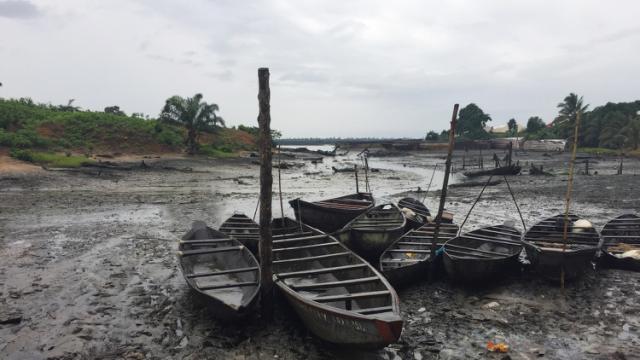Lessi Phillips was only 16 when a Shell oil pipeline burst near her village, in Nigeria’s resource-rich Niger Delta in 2008.
In the 77 days that followed, vast quantities of oil seeped into mangrove swamps near Bodo City, devastating the diverse ecosystem and destroying once-vibrant local fisheries and farms.
Ten years later, Al Jazeera’s virtual reality unit, Contrast VR, caught up with Phillips as she explored how the environmental disaster impacted her community, and the ways in which local youth are bringing hope back to the area.
“We wanted to find a new way to retell this important story,” said Zahra Rasool, director of the 360° documentary Oil in Our Creeks, released on Monday in partnership with Amnesty International.
“We immersed audiences deeper in the story so they could powerfully experience the scale of devastation in the community.”
In 2015, Shell announced a payout of $83.2 million to compensate residents for the oil spill. Anyone affected could receive about 600,000 naira ($3,000) each.
But a promised clean-up effort was slow to get underway.
Oil in Our Creeks includes live-action footage of how the oil spill damaged the swamp, as well as animations showcasing how Lessi remembers her village looking before the disaster.
“For decades, Shell and other multinational corporations have directly contributed to the devastation of the land and livelihoods of the people who live in the Niger Delta,” said Osai Ojigho, director of Amnesty International Nigeria.
“Oil in Our Creeks allows viewers to grasp the havoc wrought by oil spills on Niger Delta communities. I urge the companies’ executive to watch this film to better understand the community’s plight.”
.Al Jazeera













